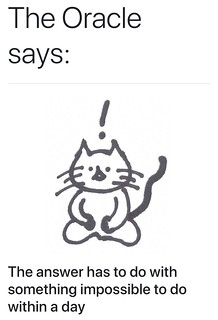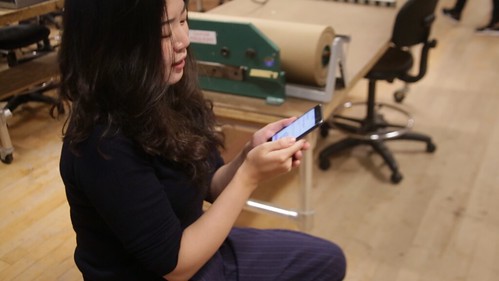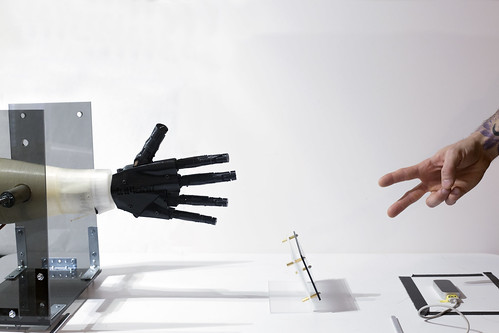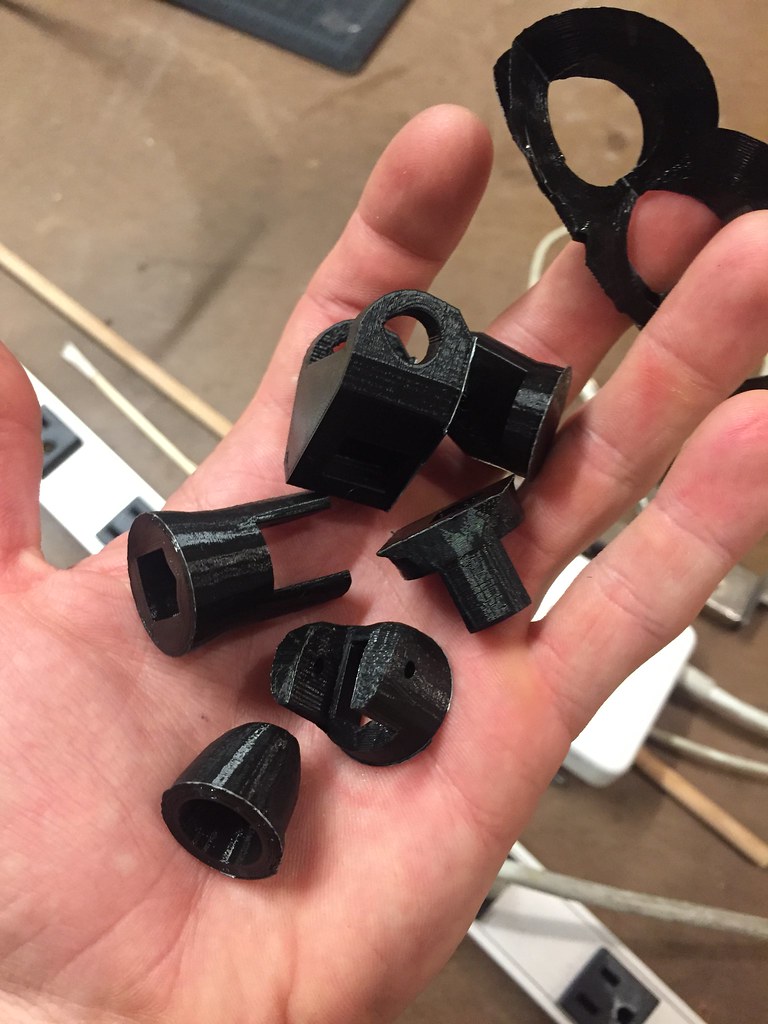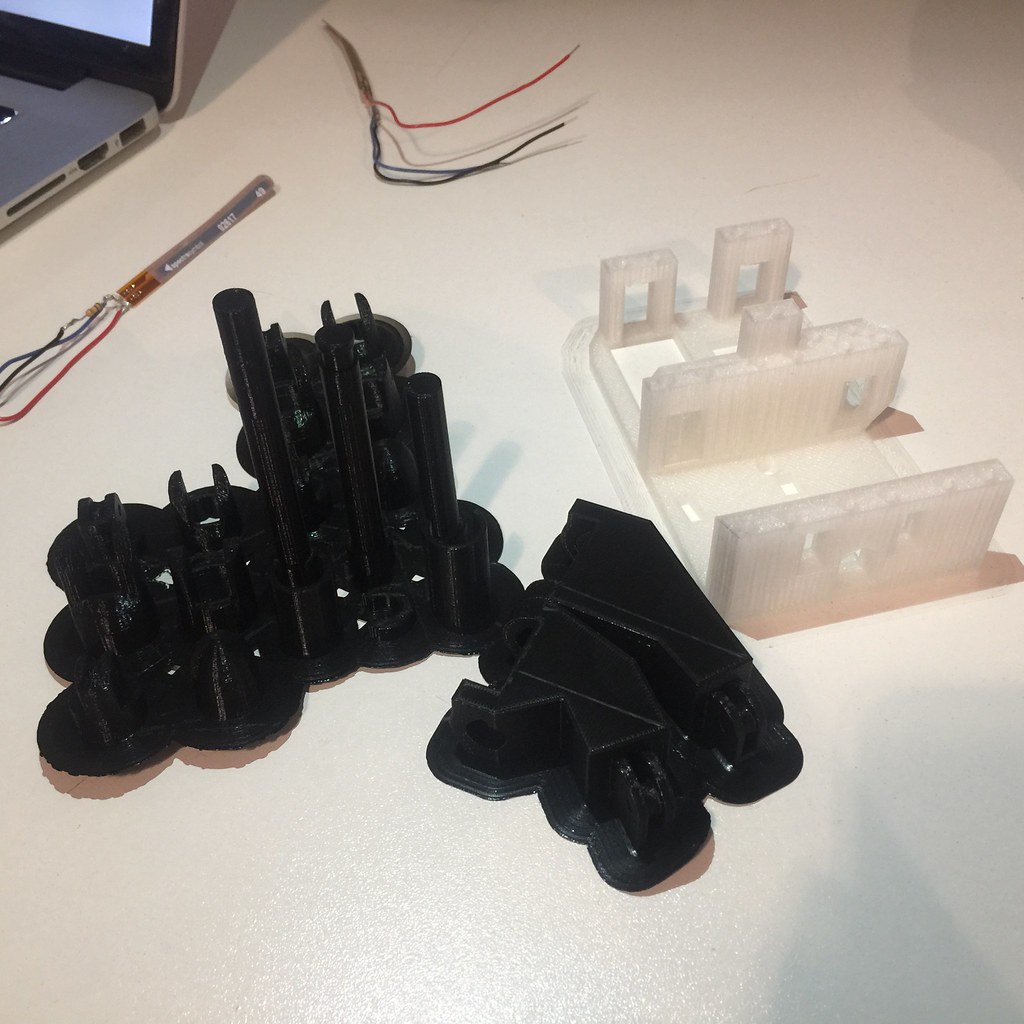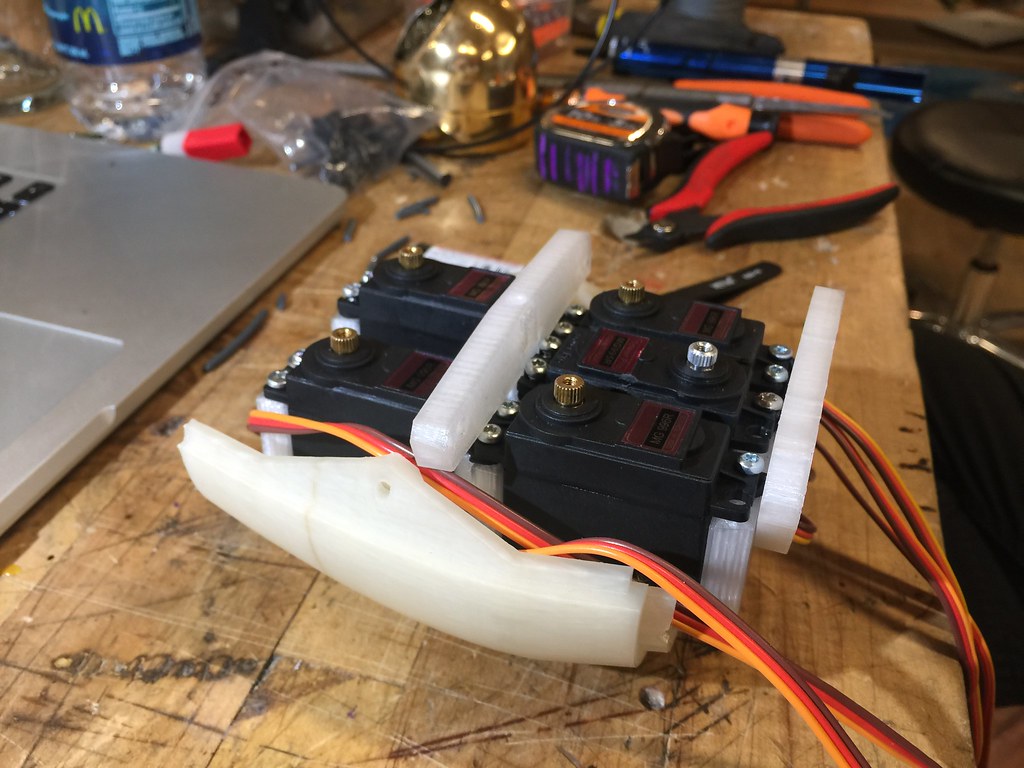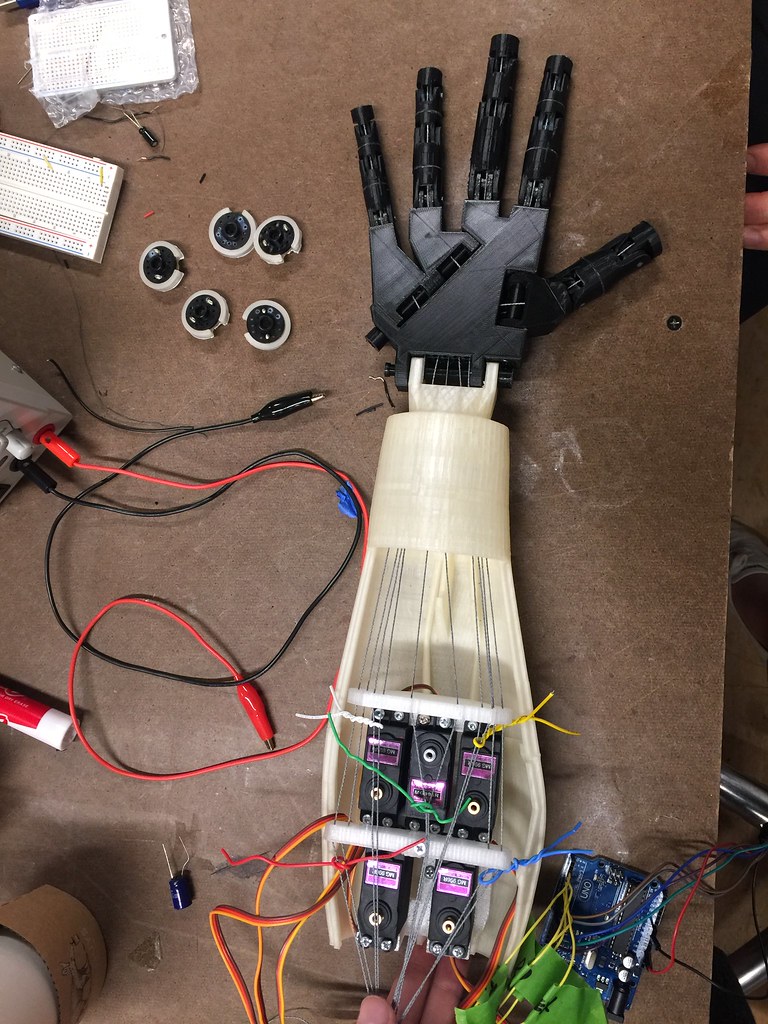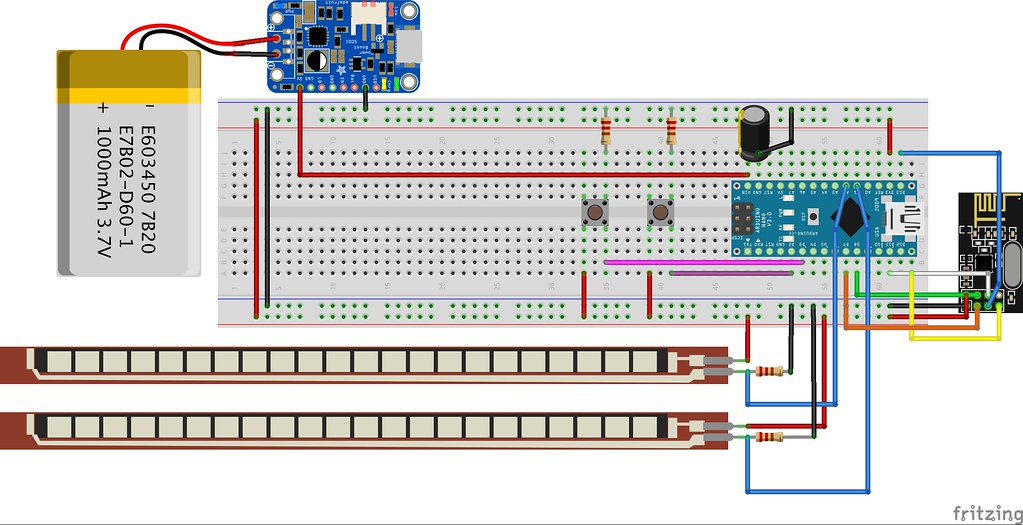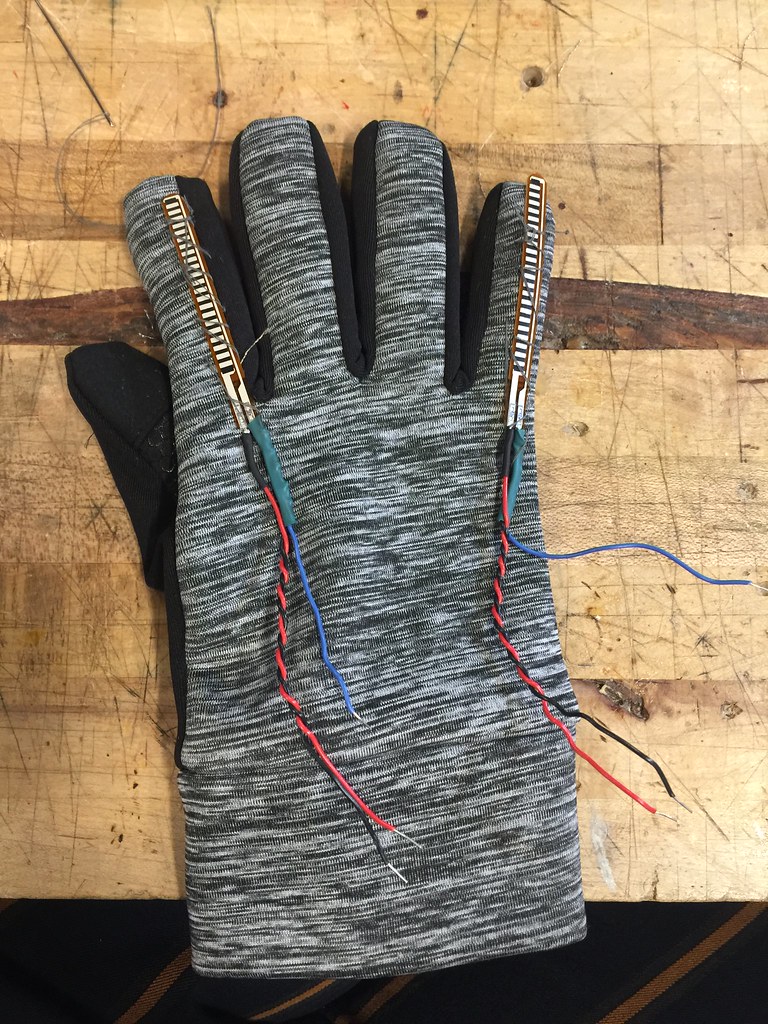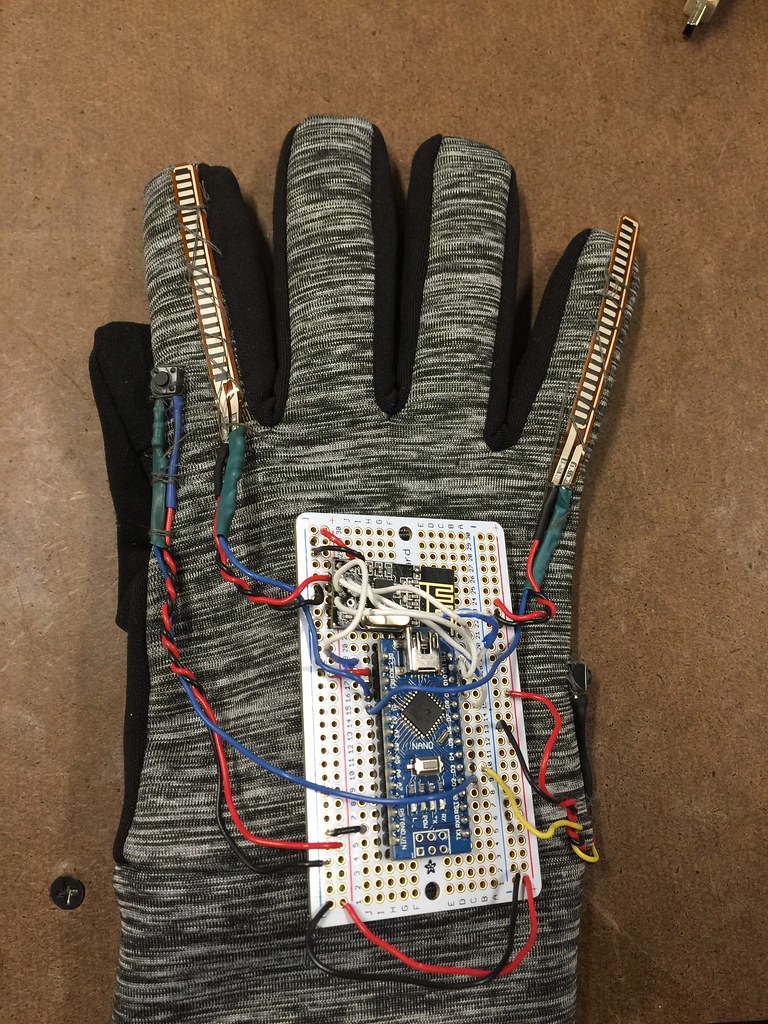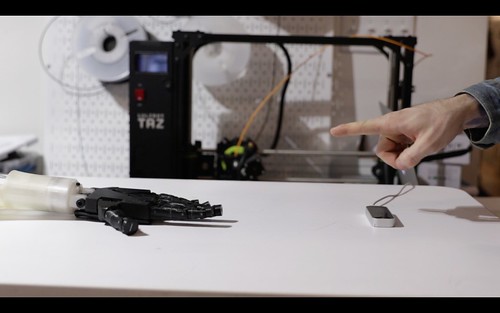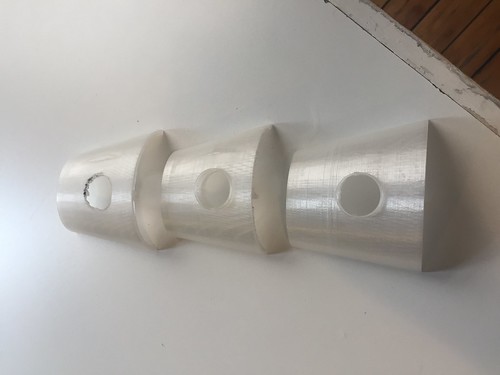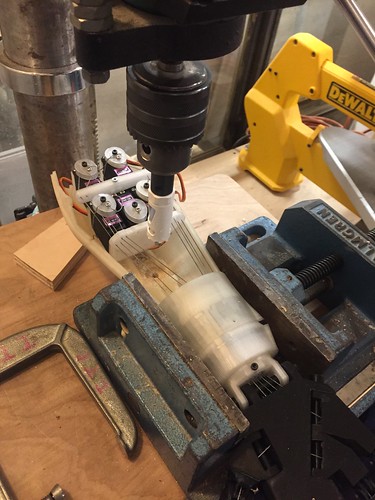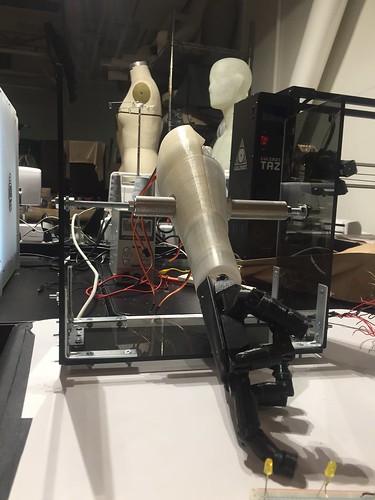With the help of Twine, I adapted one of my favorite short stories, “August 25, 1983”, by Argentine short-story writer Jorge Luis Borges, into this interactive story project, “August 25”.
August 25, 1983 was the only Borges short story that uses date as its title. It’s about the meeting of two Borges: Borges of 61-year-old dreamed about that he visited the Hotel Las Delicias, accidentally ran into Borges of 84-year-old and observed his death.
The essence of the story is about “dream”. By repeatedly asking “who is dreaming about whom?” in the story, Borges creates time warp under a linear story structure. He purposely set up narrative traps inside a few suspicious keywords and hides the distorted story lines insides it. You could easily fall into these traps and get lost in his world.
The theme of the double has always been around Borges - in his short stories, non-fiction works or even inside he himself. He always tried to separate the public self from the non-public self and believe they are two people.
Therefore I adapted this short story by having two story lines going together: the 61-year-old “player” visited the Hotel Las Delicias, while the 84-year-old “player” went back to the apartment of Calle Maipé, and they ran into each other. There are several steps where, by choosing different way of answers to the question, you may switch from the 61-year-old to the 84-year-old, or vice versa. And you only notice the role change by figuring out the logics of the on-going conversation.












